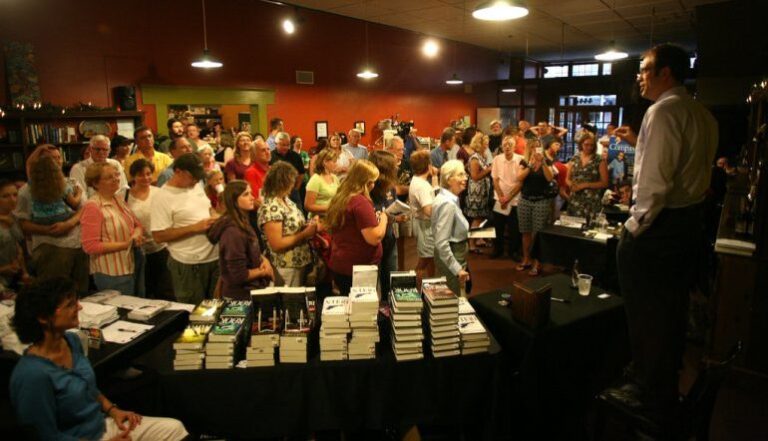The Revenge Society
A few weeks ago, I was furious at someone on a level normally reserved for politics. For about three days I didn’t know how to defuse my anger; I just complained and ranted to any poor person who came within ear shot. It was eating at me, how much anger I had stored up. Despite being decidedly non-violent, I wanted to punch something, possibly the person who had set me off.
So on the evening of the third day, I sat down and wrote a flash fiction piece about punching someone in the face. It was fun and I actually felt a little bit better—particularly after I explored, in an overly descriptive paragraph, how it would feel to punch someone in the face.
It wasn’t enough, however. The anger was still there (since violence is never the answer). I felt obligated to bring this person’s flaws to light in the most unflattering way possible. The world must know every little grating inch of this person, even if they didn’t who the person was. Someone else needed to be as annoyed as I was. The problem was, angry as I felt, it seemed churlish and mean-spirited to simply call this person a spade by name in print. It might feel good for a hot minute, but it wouldn’t be satisfying in the long run.
Here’s an example of why: when author Christina Oxenberg blogged about her experience being seated next to celebrity cookbook writer Gwyneth Paltrow at the East Hampton Library’s Authors Night, my Twitter and Facebook feeds blew up with fellow writers sharing Oxenberg’s rant against Paltrow’s behavior. The rant also featured a description of Oxenberg’s revenge—bringing a plate piled high with red meat (a Paltrow no-no) back to the table where she hoped the stink would disquiet her neighbor. One of my writer friends introduced the shared article with, “Writers do love their revenge.”
And we do. I would argue that next to the Mob, writers are the greatest distributors of revenge in history. Notice that for Oxenberg the meat platter was not enough—she detailed Paltrow’s behavior, and her own retaliation, on her blog. We don’t get mad—we get mad in print (and/or some other equally creative way).
But while Oxenberg’s post was an entertaining read, I don’t know that I agree with her approach. I wonder, for instance, if she would have been so quick to name names if the person in question weren’t a celebrity. I would hope not.
Revenge memoirs or non-fiction are a bad life choice, in my humble opinion. Writing a memoir just because s/he done you wrong and you want your pound of flesh is not going to make for a good literature. Tabloid fodder? Maybe. But not something you probably want to be associated with after your boiling blood cools. That being said, I’m forever grateful to Christina Crawford for writing the revenge-fueled Mommy Dearest, if only so it could be beget the deliciously camp Faye Dunaway film.
So instead of taking the Oxenberg approach in my quest for vengeance, I kept plugging away with fiction. After all, what better punishment to levy on those who have wronged us than to slip them into our prose, letting them live on in their worst possible slant, for all to see? And so I began a new story, featuring the individual as a prominent character, the antagonist who sticks in the main character’s craw. Ahhh, sweet relief.
Of course, writers using their craft to exact revenge is nothing new. But there is an art to doing it, one I am learning as I work through my first real revenge piece. Some thoughts . . .
Explore your fantasies. Take those moments and encounters that eat at you, and rewrite the ending so that you win. It’s like a “Choose Your Own Adventure Book” for your life. When crafting those adventures, don’t get stuck in factual details. Replicating every moment faithfully might be a good jumping off place, but then it needs to be taken into the realm of fiction. Because it isn’t autobiography or even memoir, you can go as nuts as you want with the possibilities.
=Use your inspiration as just that—inspiration. Sure it’s fun to thrash all the parts of the person that made you want to, well, thrash them. In early drafts, it’s fine to be true to life. Let all the annoyance, rage, and frustration pour out. However, as you begin revising, avoid the Taylor Swift habit of being so literal, it’s obvious whom you are writing about. J.K. Rowling famously based Gilderoy Lockhart on someone she knew. While the result is a thoroughly unlikable character, Rowling has also said that Gilderoy’s real-life inspiration still had no idea that the most vain and shallow of the failed Defense Against the Dark Arts teachers was based on him. Voila! Revenge without pettiness.
The person you are punishing is a blueprint. Build a house much grander than the original plans. Make them distasteful on a Gothic level. It’s fiction! When thinking back, did it annoy that crap out of you that your ex-boyfriend was so obsessed with his physical appearance he dyed his eyebrows weekly (hypothetically of course)? On the page, turn him into a vain monster to shame Patrick Bateman. Don’t be afraid to let something new rise from the ashes of your anger.
 Keep it classy. While you might be tempted to tell people who the character is based on, nothing will be gained by sharing the exact details. If the person does realize s/he has been immortalized in your work, chances are s/he won’t be bragging on Facebook. The entire purpose of revenge writing should be to use your emotional state to craft good narrative. I wonder how many of those roasted by Geoffrey Chaucer’s pen in The Canterbury Tales recognized their fictionalized selves?
Keep it classy. While you might be tempted to tell people who the character is based on, nothing will be gained by sharing the exact details. If the person does realize s/he has been immortalized in your work, chances are s/he won’t be bragging on Facebook. The entire purpose of revenge writing should be to use your emotional state to craft good narrative. I wonder how many of those roasted by Geoffrey Chaucer’s pen in The Canterbury Tales recognized their fictionalized selves?
Whether it be a borrowed name or a full-fledged character, plenty of people have been punished in print. It’s the writer’s privilege to capture people in words, warts and all. Just remember that in the end it’s about the writing. It will last much longer than the revenge.
For those wanting to dabble in writing an actual revenge plot, stay tuned. There’s more to come.


